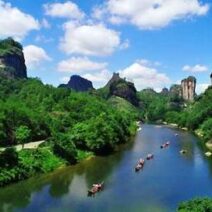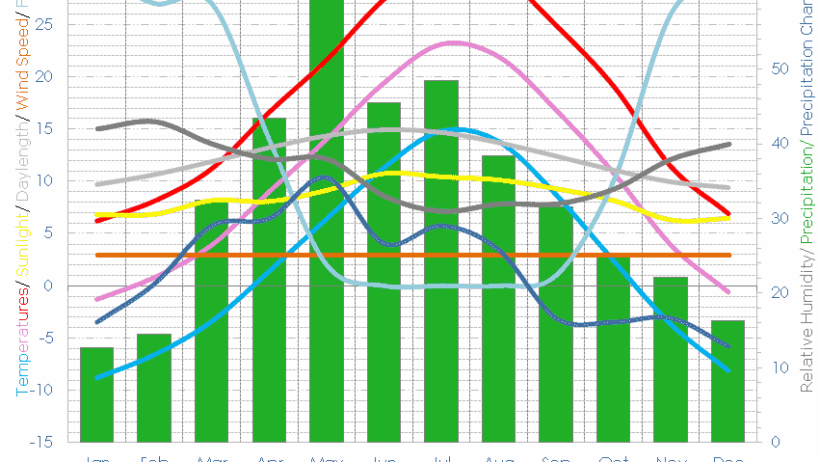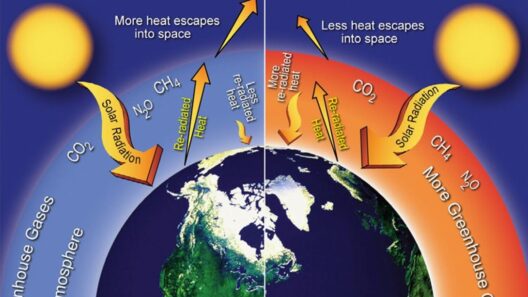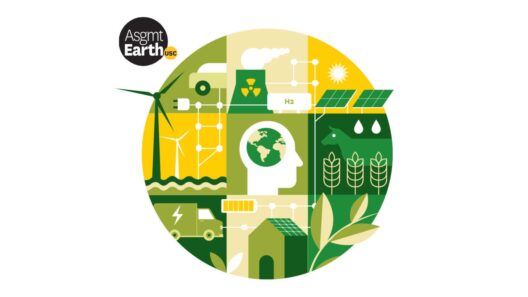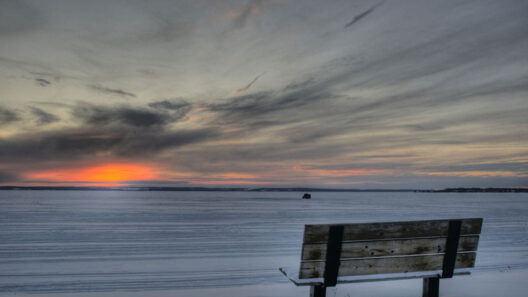Denver, Colorado is situated at a high altitude and is characterized by diverse climatic conditions. The city lies within the boundary of the Semi-Arid Climate Zone, also known as a cold semi-arid climate, according to the Köppen climate classification system. This classification is predominantly influenced by its elevation of over 5,000 feet, where the air is thinner and temperatures can vary greatly between seasons.
The high-altitude positioning of Denver contributes to the chilly winters that the city experiences. Average winter temperatures hover around the mid-30s Fahrenheit during the day, dipping significantly at night. Snowfall is prevalent, although typically inconsistent, with an average of 60 inches annually. This may surprise those who expect heavy snowfall in mountainous regions. However, the city’s unique characteristics result in fluctuating weather conditions, leading to sunny winter days interspersed with snowstorms.
One can observe a phenomenon often referred to as “the Denver dilemma.” The city’s weather can range dramatically, with warm, sunny days followed by sudden snow showers. This pattern creates a sense of intrigue and fascination for residents and visitors alike. The atmosphere is tightly interwoven with the changing seasons, making the environment unpredictable yet captivating.
Beyond its semi-arid classification, one must consider the broader implications of Denver’s climate on its residents and ecosystems. The high altitude and cold winters contribute to a particular biodiversity that is unique to the area. Species that can thrive in such conditions tend to be resilient, adapted to withstand both the harsh winters and the intense solar radiation that accompanies high elevation living.
Furthermore, Denver’s climate influences local culture and lifestyle. Residents embrace outdoor recreational activities such as skiing, snowboarding, and hiking. The invigorating, crisp air is an invitation to engage with nature. As a result, a strong community ethos surrounding environmental conservation and appreciation of natural spaces develops. The residents’ respect for their surroundings fosters a unique bond with the landscape.
Another crucial aspect to consider is the impact of climate change on Denver’s semi-arid climate. As global temperatures continue to rise, the consequences are palpable even in high-altitude zones. Warmer winters may lead to diminishing snowpack levels, which can affect water resources vital for agriculture and the sustainability of local ecosystems. Additionally, increased evapotranspiration can exacerbate arid conditions, stressing the need for prudent water usage and conservation strategies.
The phenomenon of urban heat islands also plays a role in Denver’s climate dynamics. Urbanization leads to the absorption and retention of heat in buildings and pavements, which may contribute to higher local temperatures compared to surrounding areas. The interplay between the city’s growing infrastructure and its climate necessitates innovative strategies for urban planning to mitigate the impacts of climate change and preserve environmental integrity.
With the ongoing challenges posed by a changing climate, Denver’s residents are increasingly looking for ways to adapt. Sustainable practices, such as expanding green spaces, enhancing urban forestry, and promoting eco-friendly transportation, take center stage in community discussions. Innovative ideas emerge from dialogue among citizens, city officials, and environmental organizations, fostering a proactive approach in tackling climate-related issues.
Moreover, public discourse surrounding renewable energy sources like wind and solar power is gaining momentum. As the state of Colorado has abundant natural resources, there is an opportunity to harness these energies to create a sustainable future. Denver’s commitment to clean energy initiatives serves as an example for other urban areas facing similar environmental challenges.
The connection between Denver’s unique climate and its residents’ culture goes deeper than just outdoor activities and natural resources. Awareness and understanding of these climatic conditions breed a collective responsibility towards environmental stewardship. People recognize that their actions today impact the future of the planet, leading to grassroots movements focused on sustainability practices and climate resilience.
In conclusion, Denver’s classification as a Semi-Arid Climate Zone is characterized by its cold winters and high altitude, which influence the lives of its residents and the region’s ecosystems. The unique weather patterns create an environment that invites engagement with nature while also presenting challenges that require adaptation due to climate change. As conversations around sustainability continue to flourish, the city exemplifies a commitment to environmental preservation and a vision for a resilient future amid its high-altitude cold winters. Engaging with climate challenges benefits everyone and fosters a deeper appreciation for the intricate balance between humanity and nature. This is the essence of Denver—a city navigating the complexities of its climate while advocating for a sustainable existence.
